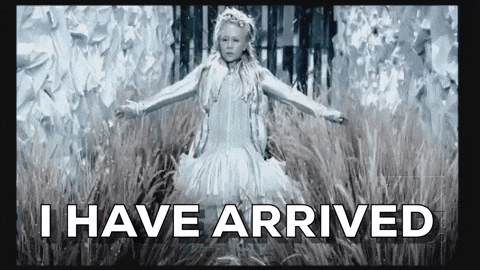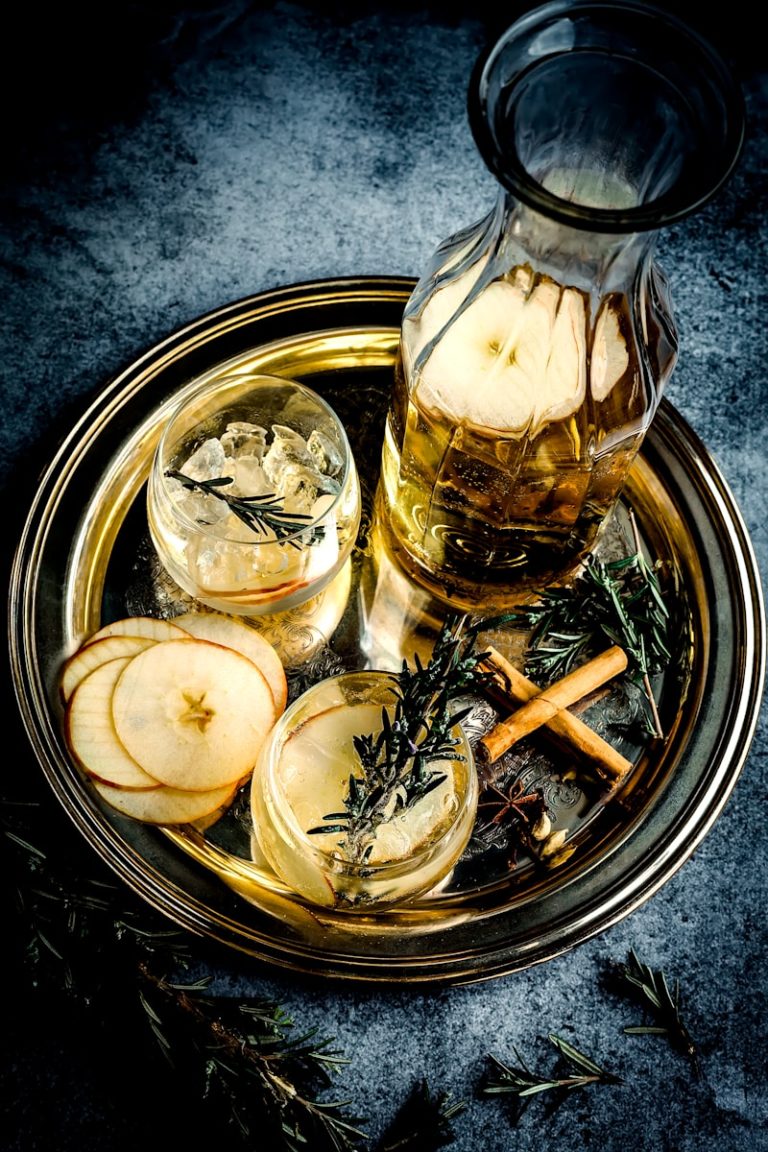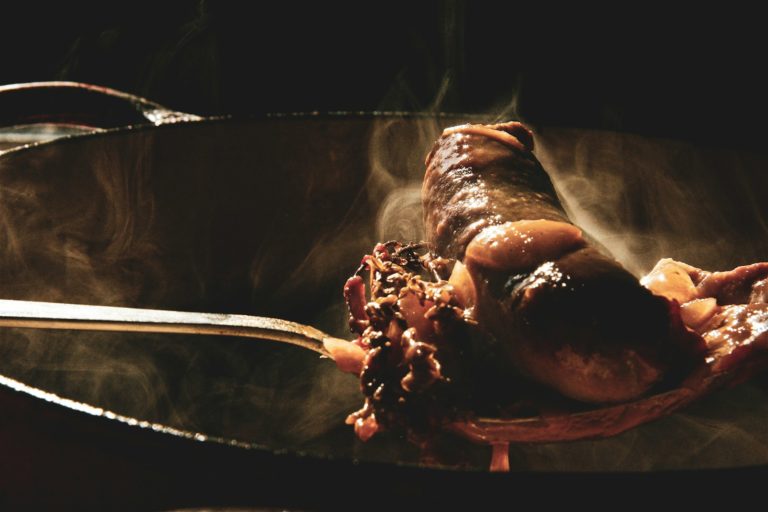Winter Weight 101: (so you can lose weight and avoid gaining in cold weather)
People tend to pad on the fat during winter. Then waddle into spring like disoriented groundhogs.
That doesn’t have to be you.
Yes, there are plenty of reasons why it’s easy to gain weight during winter. (Especially for women.🙄) We’ll get into these psychological, environmental, biological, and lifestyle related issues below.
But you should also know, that there are little known factors making cold weather your greatest potential ally for losing weight and revving up that metabolism.
So even though the average person gains weight during the cold season, that doesn’t have to be you.
Let’s get into it.

Understanding Winter Weight Dynamics
Let’s start here.
Did you know that cold weather cues food scarcity signals triggering us to seek energy dense foods? Even worse, this effect seems to be sex-specific.
I.e., women might be more wired to pad on fat during winter.
This gets deep, ok?
British researchers even point to an evolutionary preference to gain too much weight rather than risk starvation, leading to an animalistic urge to eat more when food is scarce or there are threats around.
That makes sense on a biological level, right?
If you’re living in Neolithic times (or really anywhere up to the near contemporary times with fridges, interstate highways, trucking, etc.) a barren winter landscape meant food scarcity. And if you happened on a treasure trove of nuts, dried bread, or an enemy’s hidden jerky stash, you’d probably dive right in.

The more calories the better, especially if nothing’s growing, it’s months before harvest, and you might have to nourish a baby.
But our modern food environments aren’t natural.
We’ve got grocery stores. Vending machines. Drive-throughs. UberEats. And checkout aisles designed to fuel impulse food purchases.
So we can’t just wander through winter “intuitively eating” whatever we feel like or “foraging” on anything in reach.🤨
We have to be strategic.
This isn’t the only thing going on.
Shorter darker winter days make us store fat
Did you know that sunlight shrinks fat?
Here’s how that works in sciency terms:
- Human subcutaneous white adipose tissue (scWAT), the primary fat storage location in the body, possesses a previously unknown blue light-sensitive pathway.
- This pathway is mediated by melanopsin, a light-sensitive protein, coupled to Transient Receptor Potential Canonical (TRPC) channels.
- Blue light (about 25-30% of sunlight) activates melanopsin, triggering a cascade involving phospholipase C (PLC) and the production of molecules that activate TRPC channels.
- TRPC channels allow calcium and sodium ions into the cell, initiating downstream signaling events that may regulate lipid metabolism and adipokine secretion.
The ELI5 version? Fat cells right under our skin can detect sunlight, especially blue light. Sunlight activates a protein called melanopsin. Melanopsin opens channels allowing calcium and sodium to enter fat cells, signalling the fat cells to break down stored fat.
Winter days are shorter, there’s less sunlight (from the Earth’s tilt), and most people get out less.
Does this make it hard to lose weight in winter? Perhaps.
Scientists aren’t sure how much the physical effect contributes to fat gain or storage during dark cold weather. But this does stress the importance of getting outside more and engaging in cold weather fitness activities.

Other reasons winter can lead to weight gain
- Seasonal Eating Patterns: Holiday meals and cravings for high-fat, high-carb comfort foods often lead to increased calorie consumption.
- Reduced Physical Activity: Colder temperatures and shorter days make it tempting to skip workouts and stay indoors.
- Psychological Factors: Seasonal Affective Disorder (SAD) can decrease motivation and increase cravings for calorie-dense foods.
- Hormonal Changes: Reduced sunlight disrupts the hormones that regulate mood and appetite, leading to overeating.
Winter and your metabolism
Interestingly, winter can offer a metabolic advantage. Here’s how:
- Brown Fat Activation: Brown adipose tissue (BAT) is a type of fat that burns calories to generate heat. Cold exposure activates BAT, which can help increase calorie burn.
- Thermogenesis: Your body burns extra calories to maintain its core temperature in cold weather. This process, called non-shivering thermogenesis, can be a metabolic boost.
- Balancing the Scales: While these processes can increase calorie burn, they’re often offset by reduced activity and higher food intake. The key is to maximize the benefits while minimizing the drawbacks.
Strategies for Winter Weight Loss and Maintenance
Nutrition Tips
- Focus on Seasonal Superfoods: Winter is a great time to enjoy nutrient-rich options like root vegetables (sweet potatoes, carrots), leafy greens (kale, spinach), and citrus fruits (oranges, grapefruits).
- Mindful Comfort Food Swaps: Love mac and cheese? Try a version with whole-grain pasta and butternut squash puree. Craving fries? Bake some sweet potato wedges instead.
- Hydration: It’s easy to forget about hydration in the winter, but staying hydrated is essential for your metabolism and overall health. Aim for at least 8 glasses of water daily.
- Vitamin D Sources: With limited sunlight, consider foods rich in vitamin D, like fortified cereals, egg yolks, and fatty fish, or talk to your doctor about supplementation.
Fitness Tips
- Indoor Workouts: Stay active with yoga, HIIT routines, or even active video games. If you’re short on time, try a 15-minute bodyweight circuit.
- Outdoor Activities: If you can brave the cold, activities like walking, snowshoeing, or even building a snowman with kids can burn calories while being fun.
- Staying Motivated: Set achievable goals, track your progress, and find a workout buddy or join an online fitness group for accountability.
Behavioral and Lifestyle Adjustments
- Addressing SAD: Light therapy, outdoor walks during daylight hours, and mood-boosting activities like journaling can help combat the effects of SAD.
- Sleep and Stress Management: Sleep regulates hunger hormones, so aim for 7-9 hours a night. Reduce stress with mindfulness practices like meditation, deep breathing, or yoga.
- Practical Planning: Plan meals and workouts ahead of time to avoid relying on convenience foods or skipping exercise.
Myth-Busting: Winter Weight Loss Misconceptions
- Myth: “Metabolism slows in winter.”
- Fact: Your metabolism can actually increase in winter due to thermogenesis and BAT activation, but it’s often counteracted by other habits.
- Myth: “It’s impossible to lose weight in winter.”
- Fact: With mindful eating and regular activity, winter can be a great time for weight loss.
- Myth: “Brown fat can make you lose weight effortlessly.”
- Fact: BAT activation is beneficial, but it’s not a magic solution. A holistic approach is still necessary.
FAQs: Answering Common Questions
- Does cold weather help burn calories?
- Yes, through BAT activation and thermogenesis, but individual results vary.
- Why do I crave comfort foods in winter?
- Lower serotonin levels and psychological factors like stress or SAD can trigger cravings for high-carb, high-fat foods.
- What are the best indoor exercises for winter?
- Try resistance training, yoga, or online fitness classes. Even household chores like vacuuming or shoveling snow can be effective.
- How can I avoid weight gain during holiday gatherings?
- Focus on portion control, drink plenty of water, and fill your plate with protein and veggies first.
Conclusion
Winter doesn’t have to derail your health goals. By understanding the unique challenges of the season and implementing simple, sustainable strategies, you can maintain or even lose weight. Remember, it’s about consistent progress, not perfection. Embrace the season, enjoy its offerings, and take charge of your health—one cozy step at a time.






